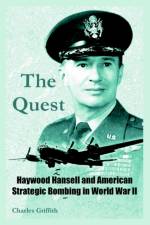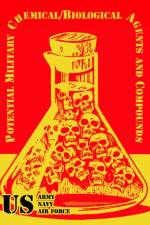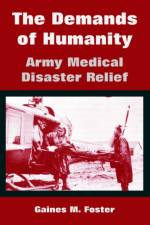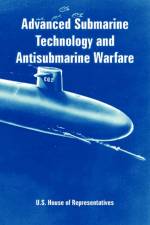- The War in the Pacific
von Robert Ross Smith
48,00 €
The Approach to the Philippines covers a series of seven complex amphibious and ground operations along the northern coast of New Guinea during the period April-October 1944, in the Southwest Pacific Area, and the capture of the southern Palau Islands, September-November 1944, in the Central Pacific Area. These operations paved the way for the Allied invasion of the Philippines in the late fall of 1944. The Approach to the Philippines covers all activities-ground, air, and naval-necessary for adequate understanding of the Army ground narrative. The nature of combat usually involved a series of coordinated but separate operations by regimental combat teams. Divisions seldom fought as integral units during the approach to the Philippines. The operations involved all the mechanics of amphibious warfare in 1944-strategic and logistical planning, naval gunfire, carrier-based and land-based air support, infantry maneuver, small-unit actions, artillery support, tank actions, tactical supply ashore, medical problems, and civil affairs. The series of operations described was unique, and the problems of execution involved were vastly complicated by the fact that they were executed in rapid succession. While one was being planned, another was being launched, the height of combat was being reached in a third, and still others had entered a consolidation stage. Basically, The Approach to the Philippines becomes a story of joint operations from the highest to the lowest levels. Pertinent information about strategic planning by the Combined and Joint Chiefs of Staff is included to fit the tactical narrative into its proper perspective in the global war. At theater level the problems of joint planning, command, and organization for amphibious operations are covered in detail. At the tactical level may be found the story of a U.S. Army infantry company advancing along a coastal strand with the support of a U.S. Navy PT boat, while a fighter-bomber of the Royal Australian Air Force orbited overhead, ready to dive-bomb or strafe targets that the ground and naval units could not destroy. Or there is the story of a U.S. Navy destroyer and guns aboard amphibious craft manned by U.S. Army engineers that covered the withdrawal of an Army infantry battalion, while Army Air Forces planes protected all three elements. Finally, the plans and actions of the enemy are covered, principally from Japanese records.






























